How Vision Pro’s Complexity is Contributing to Developer Overload
As mixed-reality technologies continue to evolve, companies are constantly pushing the boundaries of what's possible. Apple's Vision Pro is a prime example of this, offering a highly immersive experience by integrating both augmented reality (AR) and virtual reality (VR) capabilities. However, with greater technological sophistication comes increased complexity, and this could be leading to developer overload. Here's a closer look at how the complexity of the Vision Pro is contributing to this growing issue.
Understanding the Vision Pro's Complexity
The Vision Pro is no ordinary mixed-reality headset. It's packed with advanced features like high-resolution displays, spatial audio, eye and hand-tracking technology, and is powered by Apple's M2 chip. This makes for an incredibly immersive user experience, but it also means developers need to understand and work with a wide range of technologies.
AR and VR Integration
The biggest selling point of the Vision Pro is its ability to overlay digital elements onto the real world (AR) while also providing fully immersive virtual environments (VR). This requires a deep understanding of both technologies, as well as the ability to seamlessly blend them together in a way that's intuitive for users.
High-Resolution Display and Spatial Audio
Creating content that can take full advantage of the Vision Pro's high-resolution displays and spatial audio is no small feat. Developers need to ensure that their content is visually stunning and provides an immersive audio experience, which dramatically increases the complexity of their work.
Eye and Hand Tracking
One of the standout features of the Vision Pro is its advanced sensors that track eye movements and gestures. This opens up a whole new world of possibilities for interaction, but it also adds another layer of complexity for developers who need to design and implement these features in their applications.
The Impact on Developers
The complexity of the Vision Pro is placing a significant burden on developers. Here's how:
Increased Learning Curve
Developers need to master a wide range of technologies to create content for the Vision Pro. This involves a steep learning curve and a significant investment of time and effort.
Time and Resource Constraints
With the need to develop content that leverages all the advanced features of the Vision Pro, developers are under pressure to deliver high-quality applications in a timely manner. This can lead to tight deadlines and long working hours, which can contribute to burnout.
Need for Cross-Disciplinary Skills
Because the Vision Pro blends AR and VR technologies, developers need to have a mix of skills, including 3D modeling, user experience design, and software engineering. Finding or training individuals with this diverse skill set can be a challenge.
Conclusion
While the Vision Pro is undoubtedly a technological marvel, its complexity is contributing to developer overload. As the industry continues to push the boundaries of mixed reality, it's more important than ever to consider the impact on those who create the content we enjoy. Strategies to manage this complexity could include more extensive training, better resource allocation, and the fostering of cross-disciplinary skills.




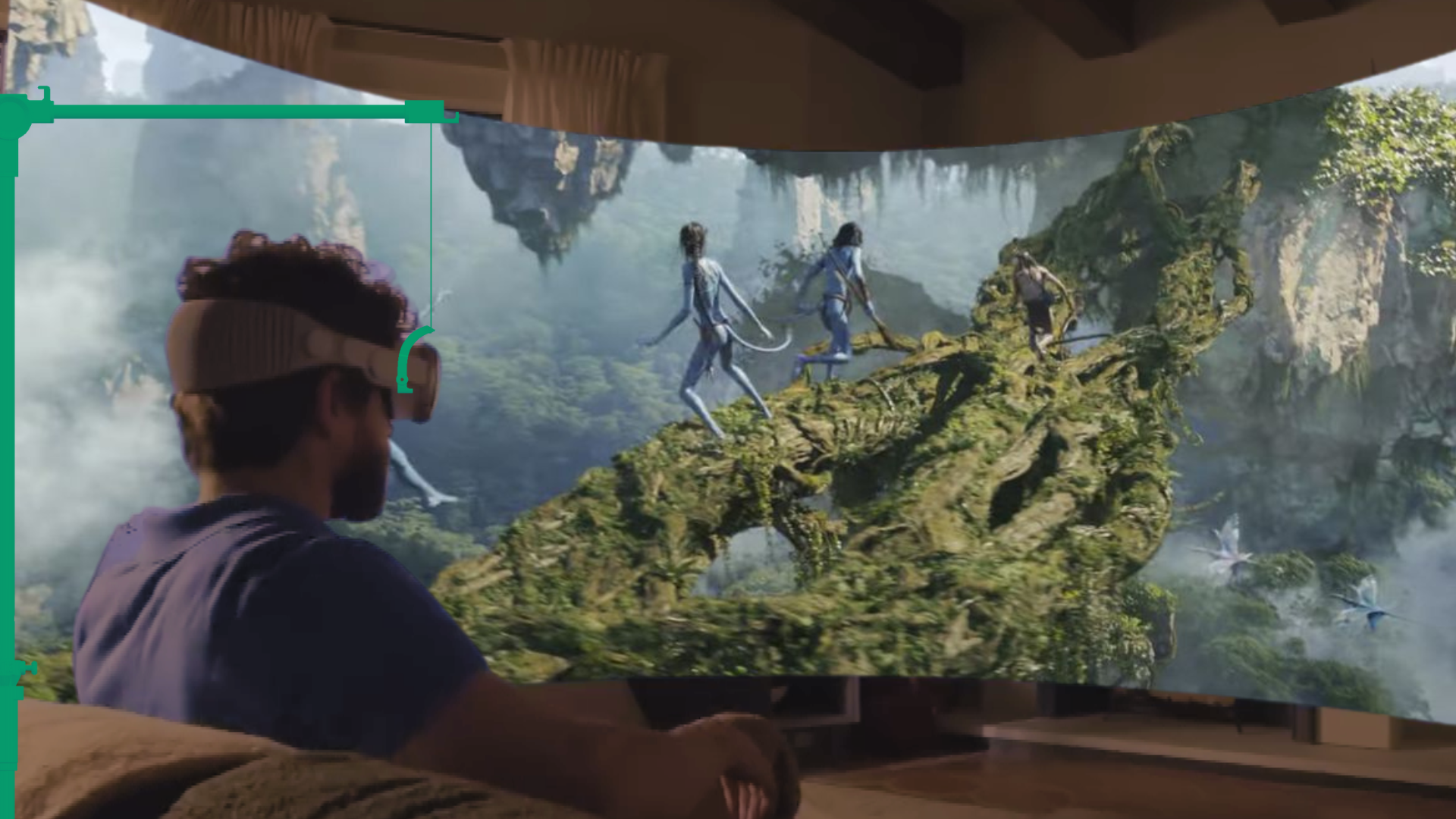
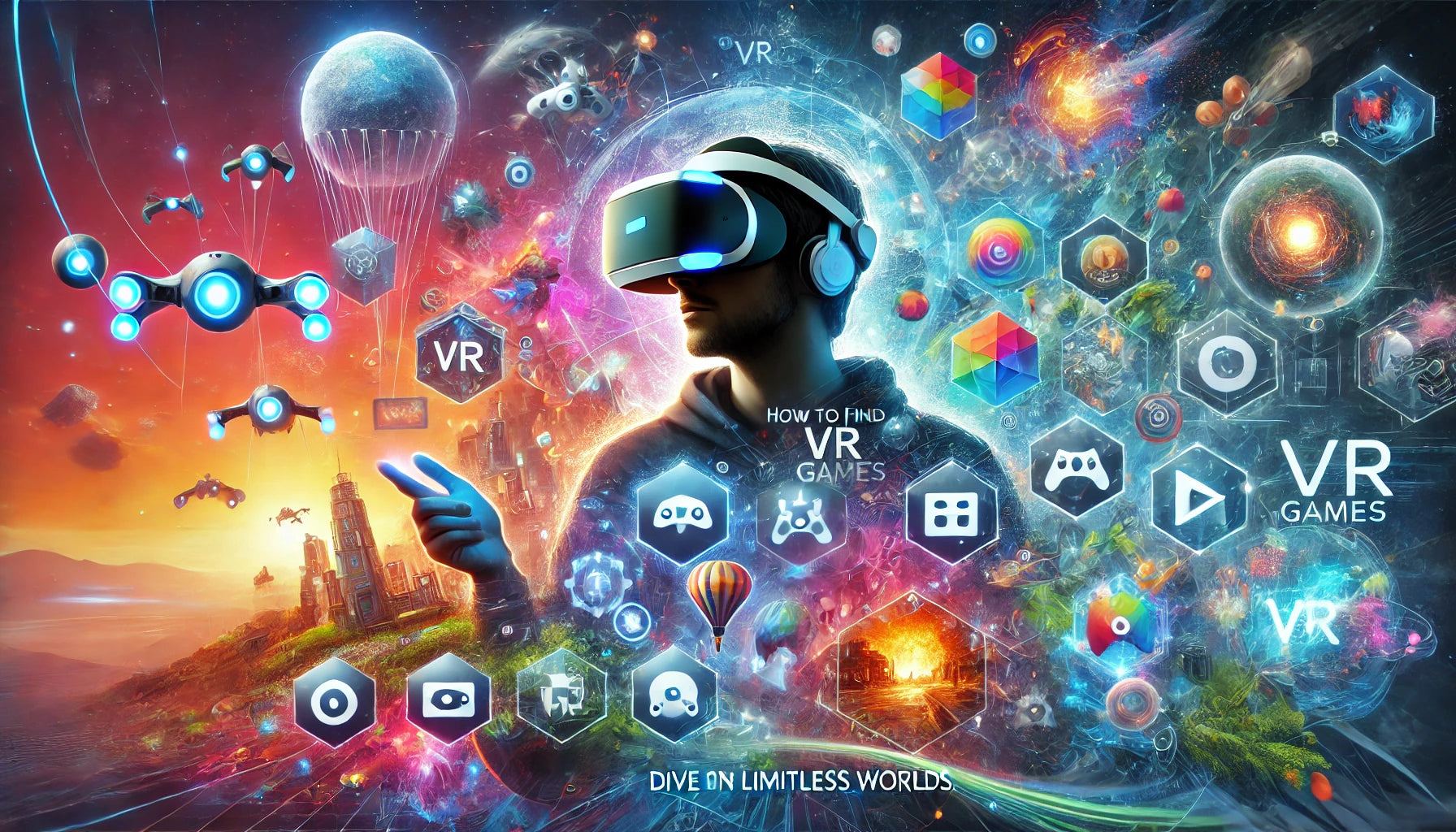
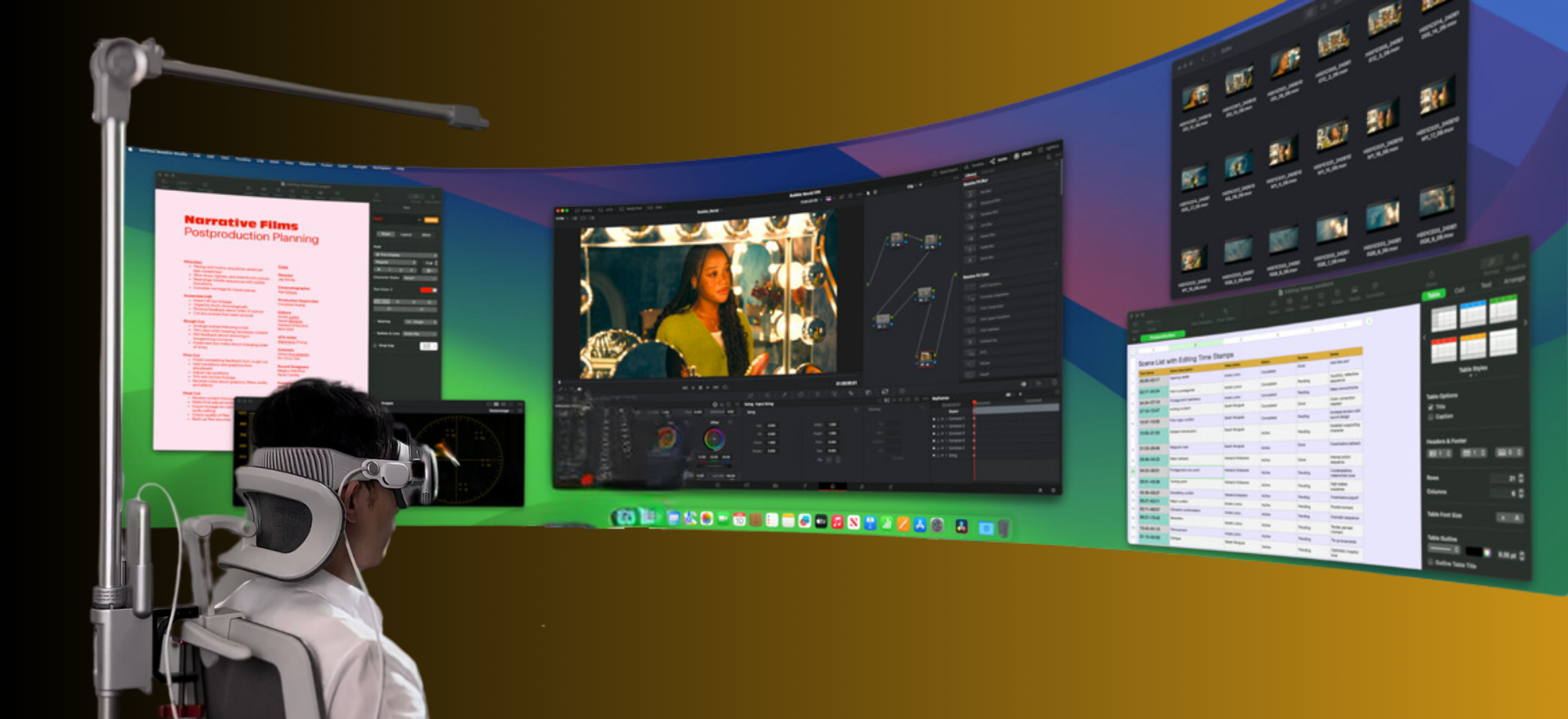
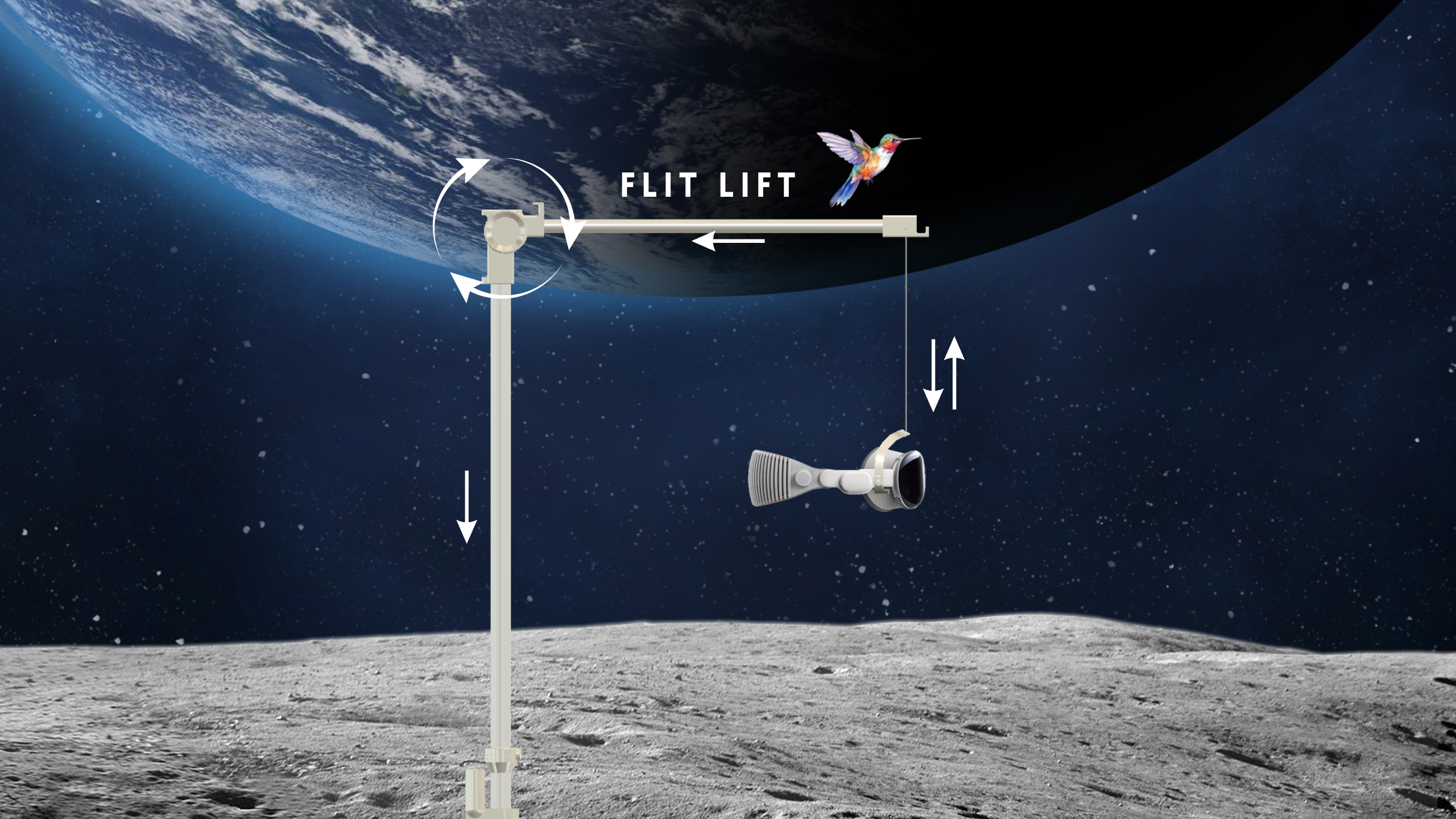
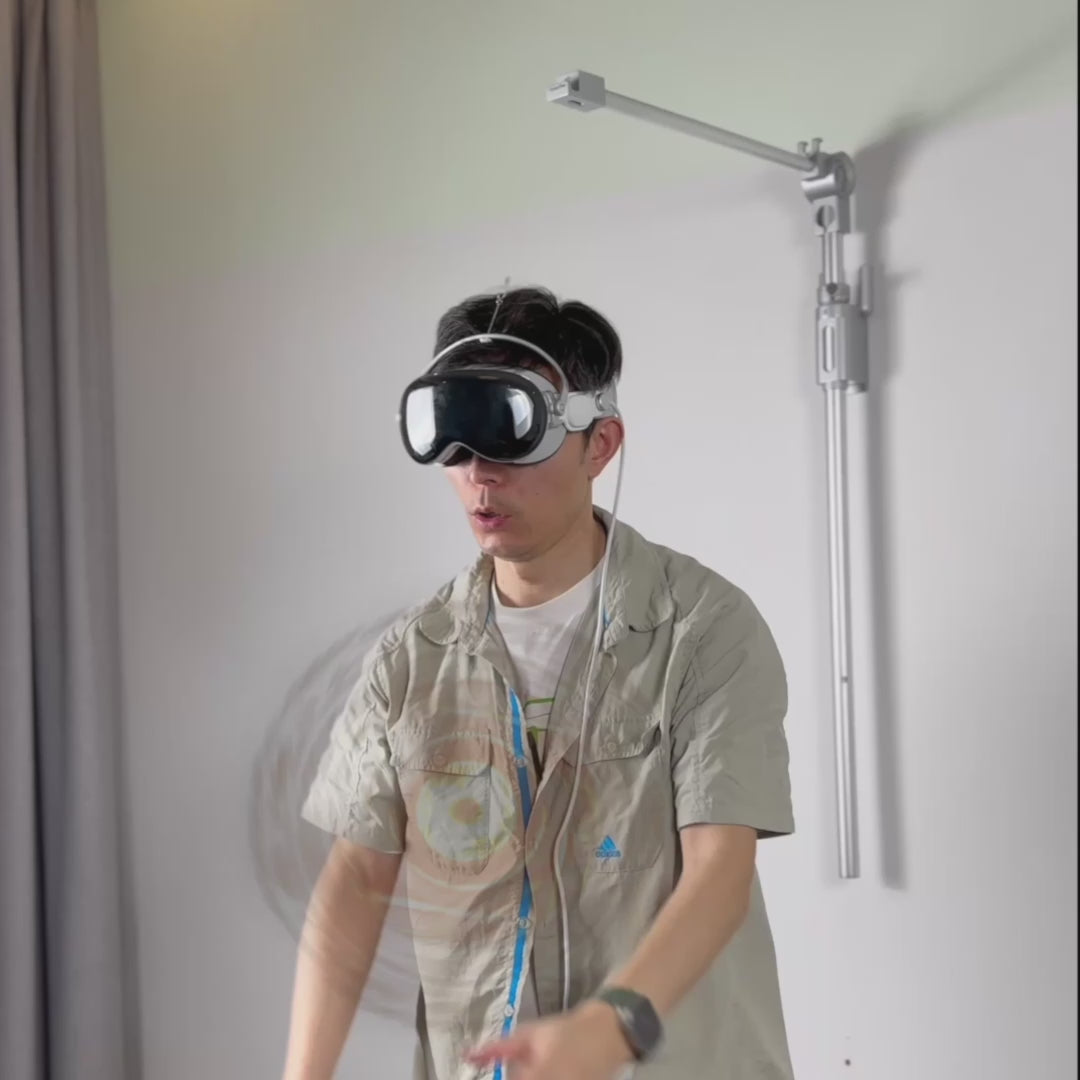
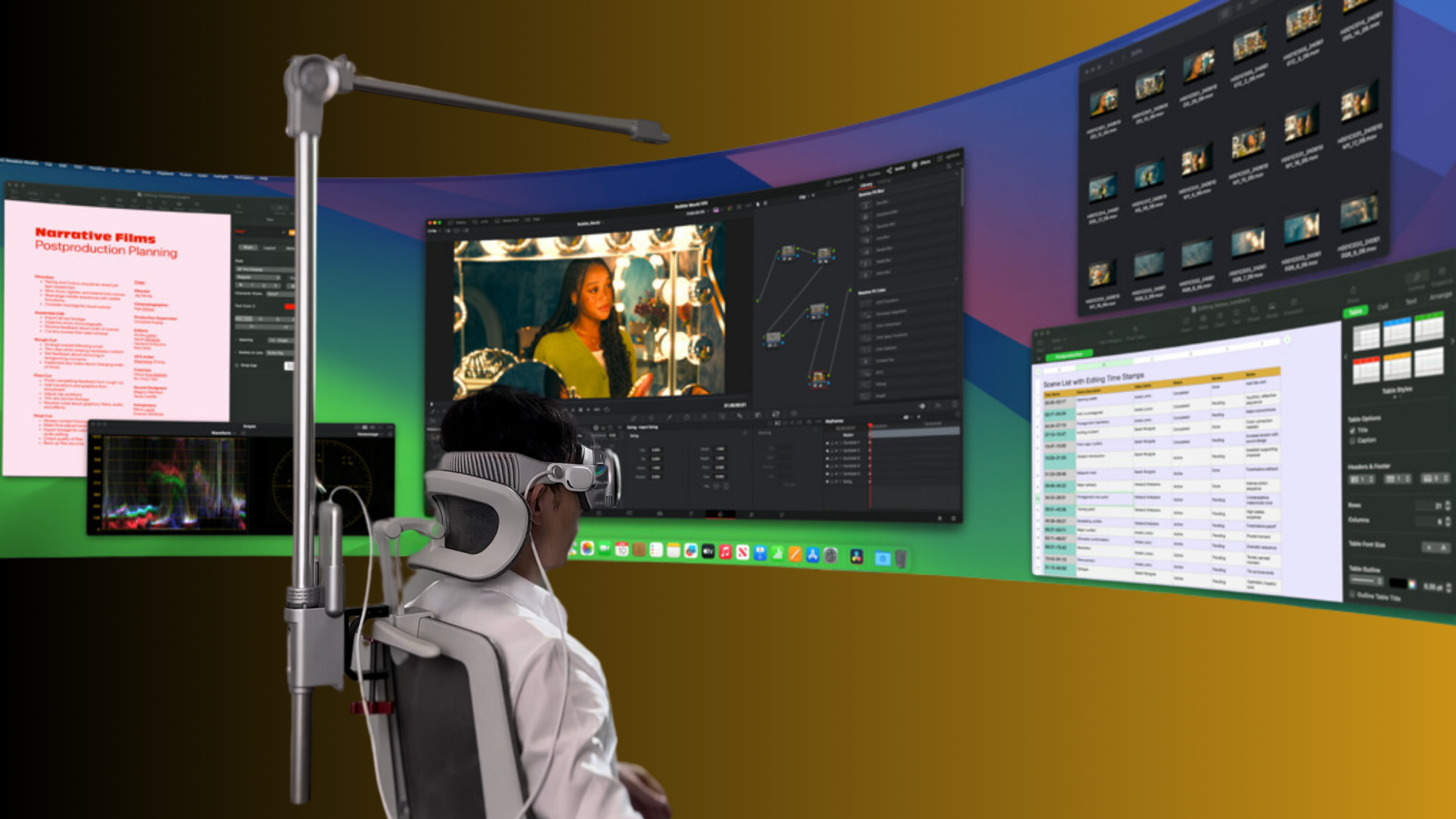
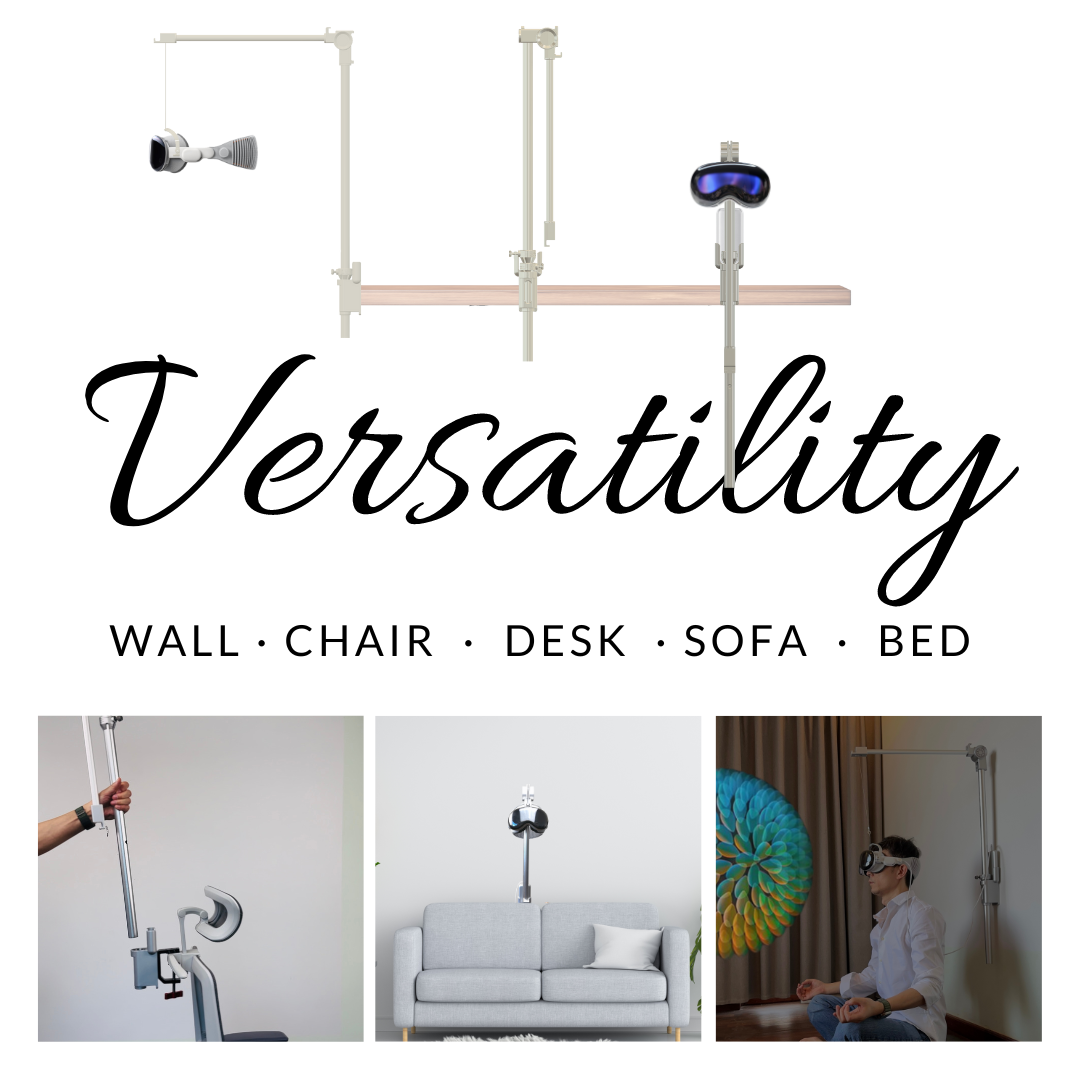
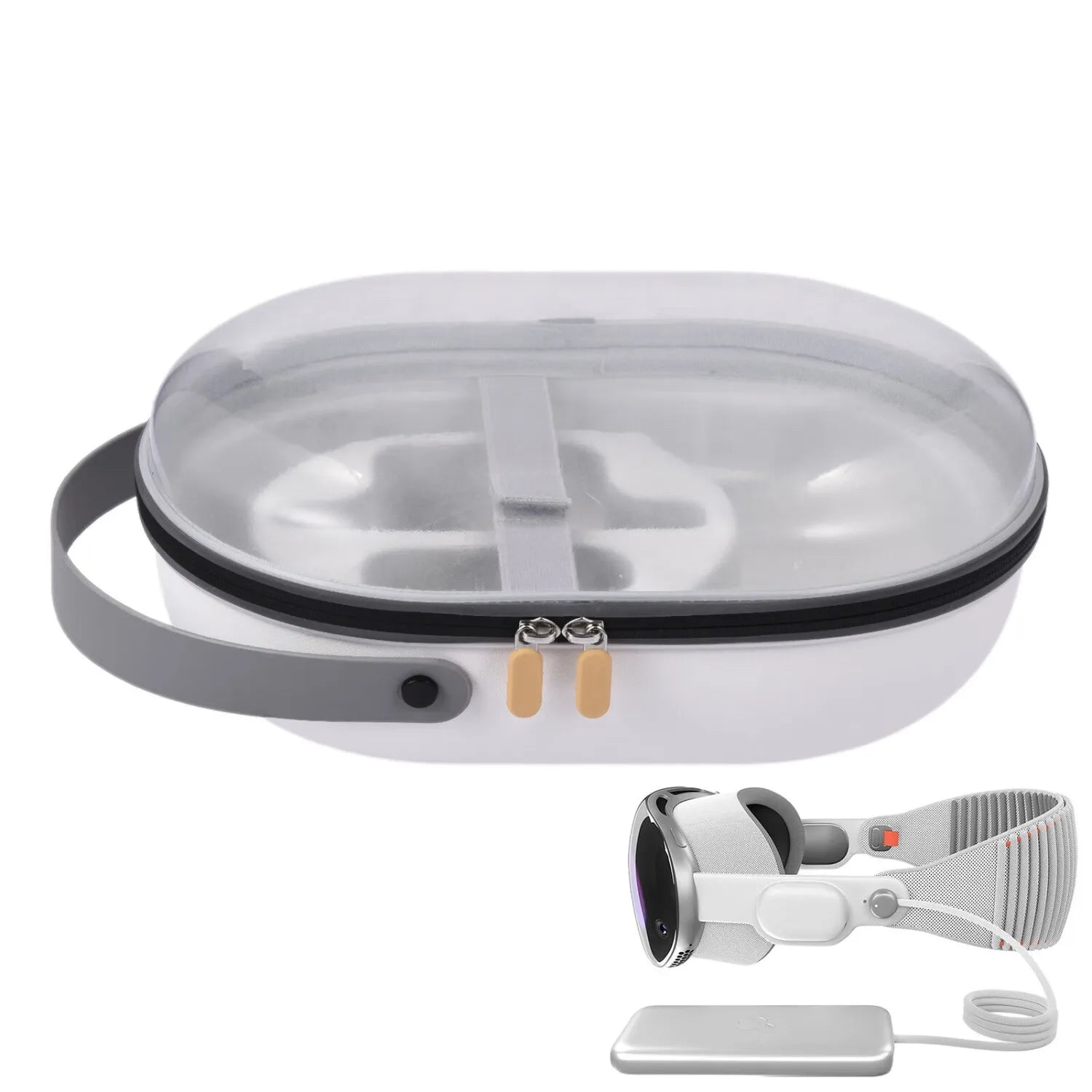
Compartir:
Developer Exhaustion in the VR Age: The Real Challenges Behind Vision Pro
Balancing Developer Well-being with the Pressure of Vision Pro Development